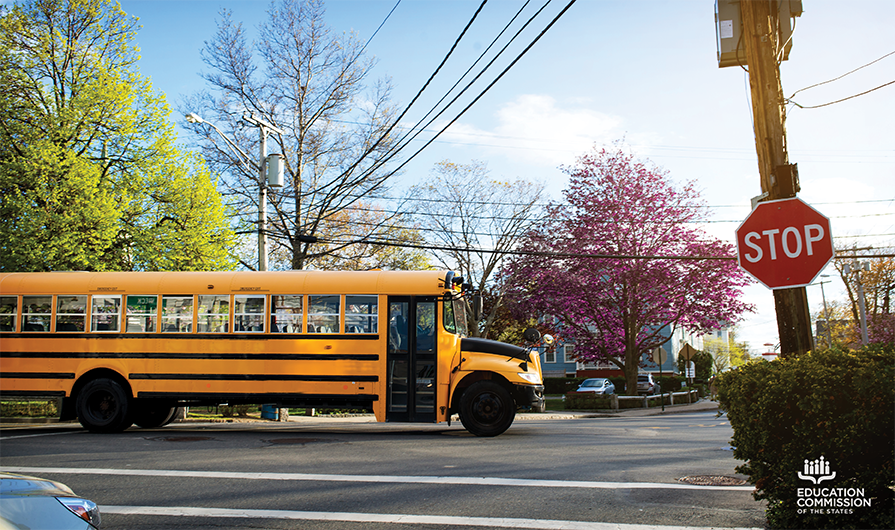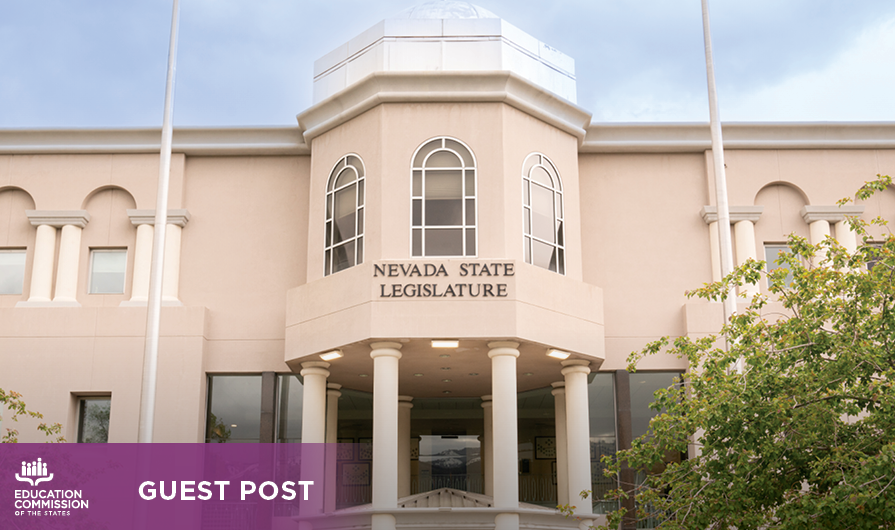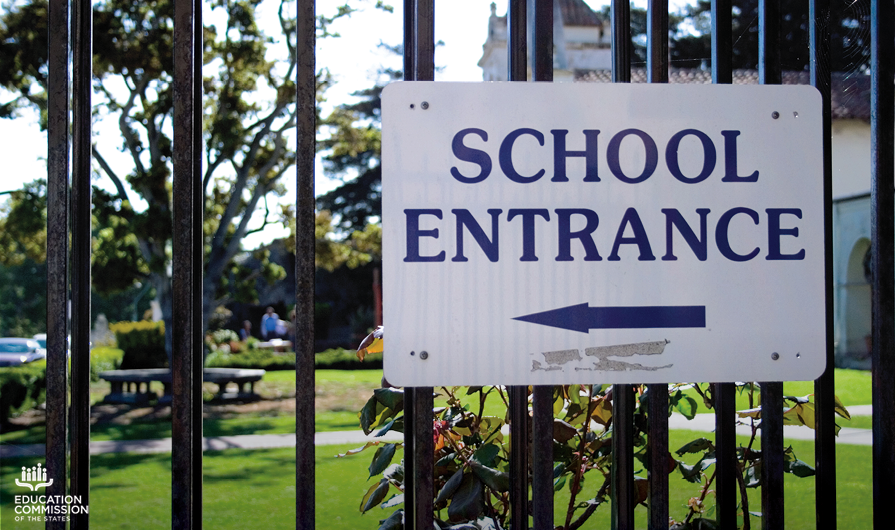School safety continues to be a priority for state education leaders across the nation. It was identified as one of six key education policy issues mentioned by governors in our 2019 recap of State of the State addresses. Legislatively, policymakers in 47 states have introduced at least 376 bills related to school safety so far in 2019. A slew of approaches have emerged, with major themes revolving around increased school safety drills, hiring and training school safety officers, and providing for additional school facility upgrades and risk assessments.
The wave of these new state mandates for school security and emergency preparedness have resulted in potential increased costs for schools and districts. From establishing designated funds specifically for school safety matters to creating new sources of revenue, states are beginning to experiment with how to pay for the legislation that has been passed. Here are a few recent state examples:
Establishes a designated fund
- West Virginia’s B. 632 establishes the Safe Schools Fund to provide funding to county boards of education for a variety of school safety improvements, including physical upgrades to facilities and the hiring of school resource officers.
- Massachusetts’ D. 1674/S. 320 (pending) would create a grant program and fund specifically for the training and hiring of school resource officers.
- New Mexico’s B. 473 (failed) would have established the School Security Equipment Fund within the state treasury to assist school districts with the purchase of school safety equipment or vehicles not eligible for other funding.
Creates a new source of revenue
- New York is attempting to establish a Guardians for Schools license plate through A. 6053 and S. 763 (pending), with revenues going into a Guardians for Schools Fund that would help pay for school resource officers and facility safety improvements in public schools, among other school security measures.
- South Carolina’s B. 3109 (pending) would impose a 7 percent fee on the sale of firearms — the revenues of which would be deposited into a School Safety Fund and used for the employment of school resource officers.
Other states have made legislative appropriations in their budget bills, others have attempted to allow for districts to be reimbursed for safety spending and some have either broadened or narrowed allowable uses for school safety funds. As long as school safety measures remain a priority for state leaders seeking to keep our schools safe, so will the funding mechanisms that support them.










